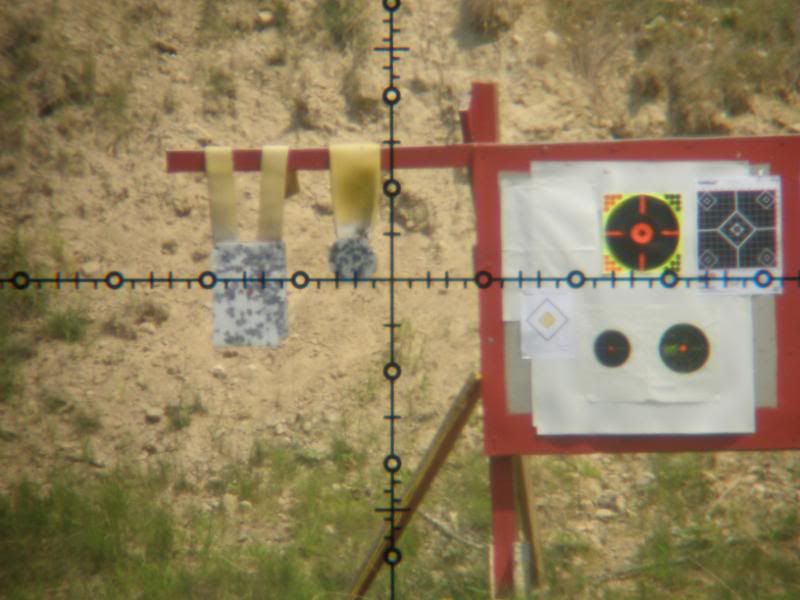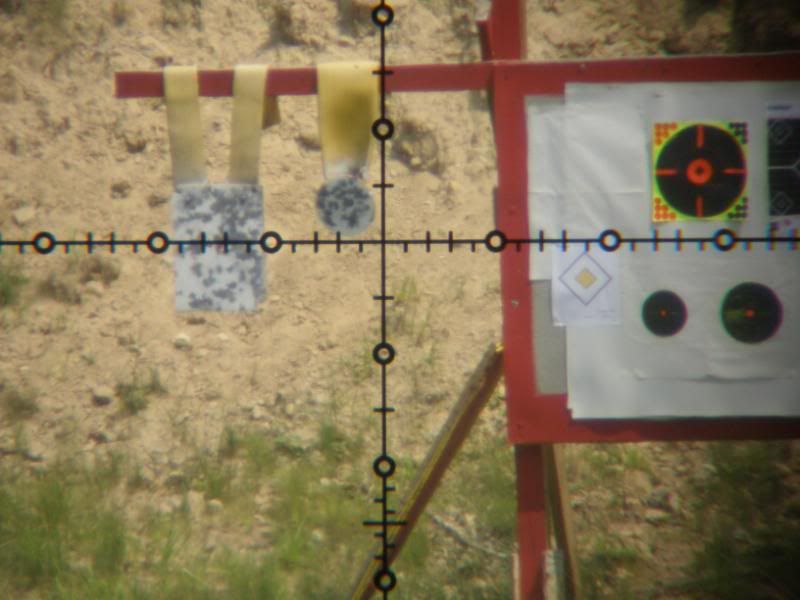Relative newbie, so pardon my dumb questions.
After ten months of looking at a Surgeon Remedy, GAP, McMillan, and a AI 338 to challenge myself beyond 1,000 yards, a new Barrett M107A1 fell into my ownership last Sunday. Now I am looking for a scope, specifically a S&B PMII 5-25x56 and I am leaning toward the MSR reticule but the H2CMR is a bit curious.
The H2CMR reticule looks a bit busy and I'm not sure how visually useful those red lines will be on sunny days.(Note: I live in western Washington but the sun does come out in July and August, usually.) I'm curious of your experience with the H2CMR. Good? Bad? Ridiculous? How about compared to the MSR?
The Barrett web site shows the BORS system supports the PMII so I assume the S&B is rugged enough to sit on top of a M107. Yes?
Speaking of BORS, I am NOT looking to purchase one but I am curious as to opinions.
Finally, any words of wisdom on the M107 and optics is appreciated.
After ten months of looking at a Surgeon Remedy, GAP, McMillan, and a AI 338 to challenge myself beyond 1,000 yards, a new Barrett M107A1 fell into my ownership last Sunday. Now I am looking for a scope, specifically a S&B PMII 5-25x56 and I am leaning toward the MSR reticule but the H2CMR is a bit curious.
The H2CMR reticule looks a bit busy and I'm not sure how visually useful those red lines will be on sunny days.(Note: I live in western Washington but the sun does come out in July and August, usually.) I'm curious of your experience with the H2CMR. Good? Bad? Ridiculous? How about compared to the MSR?
The Barrett web site shows the BORS system supports the PMII so I assume the S&B is rugged enough to sit on top of a M107. Yes?
Speaking of BORS, I am NOT looking to purchase one but I am curious as to opinions.
Finally, any words of wisdom on the M107 and optics is appreciated.



